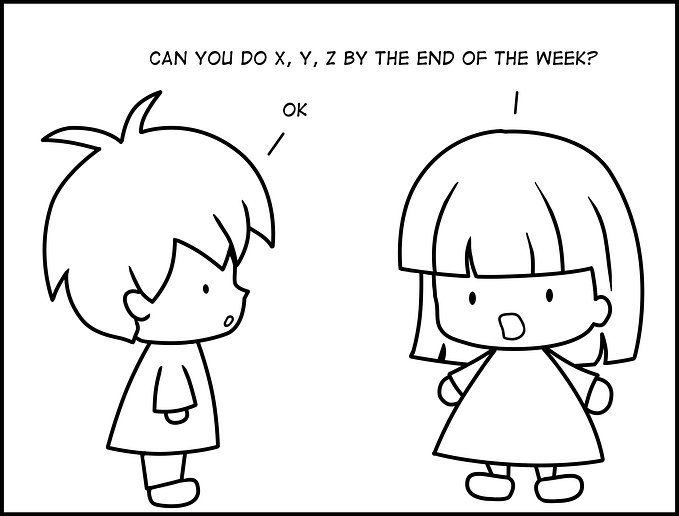
Smoking breaks in schools
[From the archive, 2012]
My colleague and I recently delivered a workshop to a group of secondary school students who have been identified as potential NEETs (Not in Education, Employment or Training). Halfway through the session the group demanded a smoking break in return for continued attendance. This experience makes me wonder if is time to move beyond this damaging system of classifying and catering to students. Shouldn’t we be looking for alternatives that support positive behaviour change, and can technology play a role in this process?
I’ve been working with students identified as NEETs for three years. Whilst the themes and outcomes remain constant, there is no such thing as a typical session. Each group is unique, and reacts and interacts very differently. For this workshop I had been forewarned that the group of 14–15 year old girls were easily distracted and a mild disagreement between them could easily escalate into a full blown argument or shouting match.
The three hour session began with just one student turning up. Rather than waste time tracking down the remaining students across the school, we decided to proceed hoping the others would turn up soon. And so they did. Entering the room in ones and twos, chatting animatedly, addressing my colleague and I as an afterthought.
The group had very poor literacy skills and some students were wary of being embarrassed in the presence of their peers. This is why they threatened to withdraw from the workshop when asked to write their names on paper (they have to fill in a mockup job application form as part of their assessment).

So we took a little diversion by reciting the Japanese alphabet and writing some Kanji. I’ve used this exercise in the past. It is an excellent ice-breaker, with everyone free to make awkward sounds and create strange squiggles on paper without the fear of judgement. With a fair bit of improvisation and support from my colleague, we were able to engage everyone on their terms.
The next distraction occurred when one of the girls burst into the room half an hour late. She was shaking violently and continued to do so as she sat down and shared details of her night-out that had only just ended a few hours ago.
It may sound strange, but I always bring a Tibetan singing bowl to these workshops. The sudden appearance of this strange object tends to punctuate the build-up of any chaos. I also use it for activities around concentration, reflection and mindfulness. Once again, the singing bowl proved to be a good diversion. And surprisingly, the girl who had burst in through the door moments ago, was the most receptive. She sat down cross-legged on the floor, closed her eyes and calmed down. Later on, she told us that her councillor had taught her several breathing exercises to manager her anxiety.
These incidents show that young people grapple with complex issues and managing behaviour in the classroom isn’t as straightforward as we make it out to be. I don’t mean to suggest that every educator should have a basic understanding of Japanese or that every classroom should be equipped with singing bowls to create diversions. Such an approach would be just as ludicrous as schools negotiating cigarette breaks with disaffected students.
Modern classrooms are equipped, and in some instances saturated, with technology capable of creating constructive distractions whilst enabling students to pick up new skills. This technology isn’t confined to schools. It is online. It is ubiquitous. Young people are using it regardless, but not always in the best context.
There is a very strong case for educators to take charge of social media and technology to guide students into making informed choices. There are examples which suggest that the creative use of social networks and digital media can produce positive outcomes and behavioural change. However, it also seems that we are ready to condem this medium at the slightest instance. This means that teachers are wary of using the Internet and social media. As a result, a lot of ICT in classrooms has been relegated to the status of a cumbersome artefact, much like the singing bowl.
Fortunately there are institutions and individuals spearheading interesting and inclusive initiatives with a digital theme. Some examples that come to mind are the Digital Leaders initiative, Mozilla’s Open Badges and the Quad Blogging project run singlehandedly by David Mitchell!
Such programmes encourage positive and contextual use of social and digital media to create new forms of learning and more importantly facilitate better relationships between students and teachers. Positive relationships can lead to improved learning as well as better behaviour. Positive relationships can also seed a sense of community. A networked community that seamlessly transcends from the physical to the digital can become a valuable asset for students and teachers.
My work with schools falls within this area, to overcome the schism that social media is creating between the stakeholders in mainstream education. Over the past couple of years I have been fortunate to work with several schools that are keen to explore ways in which students, teachers and parents can become comfortable with their digital identities. The goal is to move away from a centralised, authoritarian model of control to a process where each individual is able to define his or her own boundaries and levels of engagement with others in an informed and considered manners.
Recently someone described this process as Digital Identity mapping. I think I’ll stick with the phrase for now. It begins by encouraging people to build positive narratives about themselves, away from computers and any sort of technology.

Based on my own experiences and those of others working in the field, It seems obvious that that technology can play a vital role to help young people overcome the defensive barriers that are put in place through negative perceptions, and in the process discover choice and options.
This post was first published in 2012 as part of the voluntary work I was carrying out on behalf of NYBEP.







